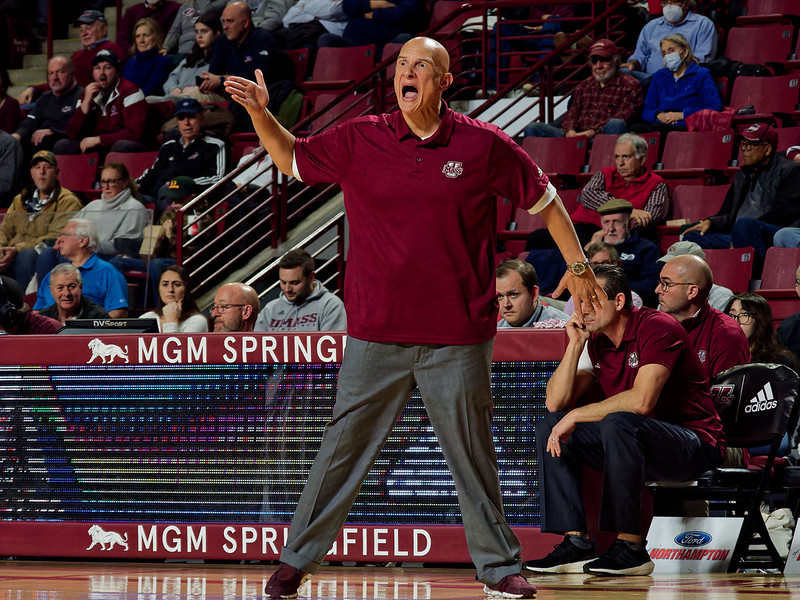The national teacher shortage, exacerbated by the challenges of virtual learning and social isolation from the COVID-19 pandemic, remains an issue. This reality is affecting classrooms at a local and national level.
“The pandemic has exhausted teachers, and we know too well that half of the teachers are leaving before they have retired,” said Maria Bothelo, professor of K-16 literacy and education at the University of Massachusetts. Bothelo noted that this trend has been repeated throughout history, a cycle she has seen throughout her 30-year career in education.
The decline in teachers was monumental during COVID-19. A study by the National Education Association showed that 55 percent of teachers considered leaving the profession because of the pandemic. Groups of underrepresented teachers reported even higher percentages: 62 percent of Black teachers and 59 percent of Hispanic/Latinx teachers.
This study can be seen in real-time all over the country. Massachusetts’ largest public school district, Boston Public Schools, has over 500 open positions in a district with an estimated 50,000 students (per the 2020 enrollment figures).
It is common to see more significant numbers of teachers leaving in areas where the school districts serve a more impoverished population.
“There is a real issue with economically struggling schools … that need much more institution support in the source of time and money,” said Meg Gebhard, a professor at the college of education at UMass with a background in education policy.
Gebhard also noted that a significant portion taxpayer funds in school districts are spent on curriculum-based tests. In comparison, little money is spent on teacher development and support
The No Child Left Behind Act of 2001 is an example of governmental prioritization of standardized testing. The act put pressure on teachers to get students to a “proficient level” by the 2013-14 school year through utilizing standardized testing as their main form of teaching.
The law was replaced by the Every Student Succeeds Act in 2015, which was designed to address some of the significant issues in the NCLB.
However, the continuous lack of legislation supporting teachers’ time and mental health in the U.S. is key to understanding why so many teachers aren’t teaching.
Teachers teach on a flat structure; there are new students every year, but the lectures stay the same year after year. They often work in isolated environments with little or no time to connect to others, which can cause frustration.
Sydney Zeena, a freshman education major said, “I think that it’s not an easy job and especially with the times we live in now, it’s kind of scary going into a position of being in a school setting.”
Zeena expressed concern about the lack of support she’ll receive in her career and the risk of burnout.
Beginner teachers have the highest turnover rate out of any group of teachers, with 44 percent of new teachers leaving the profession within five years.
Elizabeth Green, a freshman double major in early childhood education and psychology, said that she’s “not surprised” teachers are leaving the profession, noting the lack of support as a primary reason.
UMass’ University to Schools program is designed to provide undergraduates with teaching licenses and their degree in four years. The program helps students studying education become prepared faster and places them in classrooms during their spring semesters for student teaching.
The program seeks to make the process of earning a teaching certification and completing requirements more efficient. In addition, the program offers students the opportunity to work in classroom environments and gain real world experience without needing a master’s degree.
Programs such as the ones at UMass offer alternatives to the traditional academic path of U.S. educators.
“It doesn’t just happen magically,” said Bothelo when discussing how to solve the teacher shortage.
Bothelo said that the teacher shortage wouldn’t see a large-scale improvement without teachers having leadership positions that allow for growth and legislation supporting them.
She described the teacher shortage as a, “symptom of a structure of how we do schools in this country that needs to be rethought.”
Gebhard noted there was a need for transparency in legislation around this issue and that, “it’s going to require working across the aisle.”
“Without putting teachers at the center, I’m not sure what will happen,” Gebhard said.
Alexandra Hill can be reached at [email protected].




















Barbara Mcclure • Nov 2, 2022 at 12:01 pm
Thank you for bringing the
Attention to such an important
Problem in our schools. Our young minds growing up need the knowledge that our teachers have an want to share. We all need to reach across the isles an vote to
To support our teachers an uphold
The the United States of America!
In God we Trust